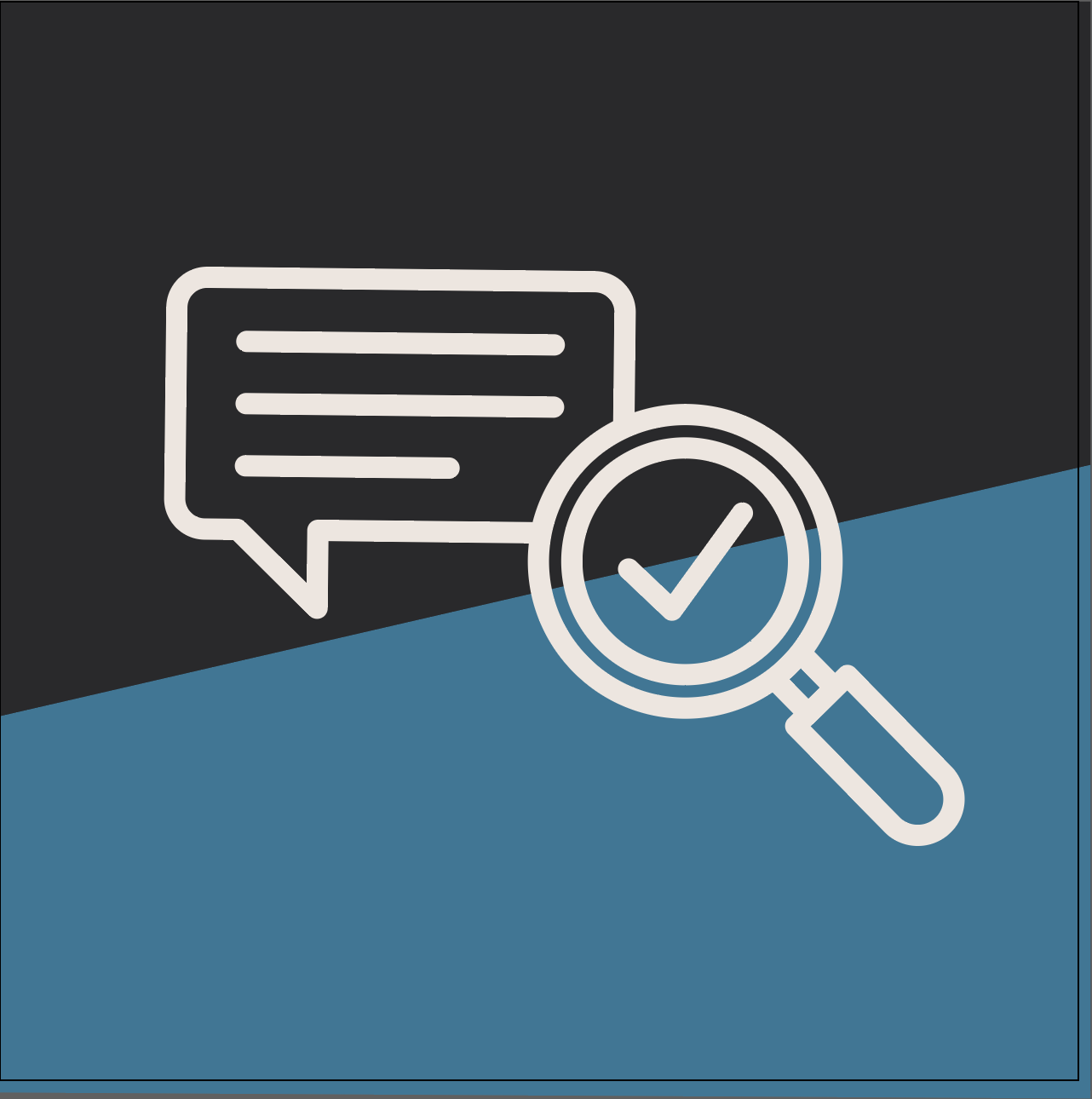Learn about how your content folders should be set up in Ektron to optimize performance, manage permissions, and handle searchability.
When building an Ektron site, planning out your folder structure is one of the most important steps your web site visitors will never see. An unorganized folder structure typically leads to empty pages or, worse, an Ektron smart form that doesn’t have any renderer associated with it. A well-structured folder tree has many benefits, such as keeping the Ektron Workarea performance optimal, providing a logical grouping of an organization’s structure for permissions, and allowing for easier site growth or redesigns. Poor folder structures often lead to ancillary content getting included in your Ektron search results that were never meant to be a full page on its own.
The root level folder in your Workarea should have a limited number of folders. Ideally, you should have 2 folders for each web domain your Ektron CMS services, with the potential of a shared global folder should the business need arise. Typically, one folder is named after the domain of the site, and the other is a resources folder for that domain. For example:
- www.wearediagram.com
- www.wearediagram.com Resources
The distinction between these two folders is simple: all content in the domain folder is your site’s viewable pages that you want site visitors to see, and the domain resources folder contains all content that isn’t meant to be a stand-alone page, including banners, related callouts, smart forms that define settings, and even images used throughout the site. This structure allows developers to assign the folder ID of the domain folder to an Ektron Search Control or Framework search request, creating a search scope that only includes content with that tree’s branches. The alternative is to manually un-check “content searchable” for each piece of content you do not wish to show in your results, or, in newer versions of Ektron, uncheck the “content searchable” setting in a folder’s properties. While limiting searchable content to select folders is a simple fix to keep unwanted content from being included in your results, it also keeps the content from getting indexed by the Ektron search provider.
The resources folder can then be broken down further into sub-folders that include settings, banners, callouts, images, and any other case that fits the business need. When users create content in these folders, they do not have worry whether or not they have un-checked the “content searchable” setting, as the content is out of the search scope defined by the domain site’s folder ID.
The domain folder (www.wearediagram.com, in our example) will vary greatly from site to site. Here is one possible example of its structure:
- www.wearediagram.com
- About Us
- Company
- Jobs
- News
- Articles
- 2014
- 2013
A key concept to keep in mind is how this will tie into automated areas on your site’s front-end. For example, if an organization has a high volume of press releases, separating them into folders by year and even month can make management of them much easier. This also allows for easy archive listings. For example, you could use the folder ID of a year to display all press releases in 2013.
While there are many possible ways to structure your content, making the distinction between what is a viewable page and what is support content is essential to a well-organized and maintainable web site. Do you have any questions about what should and should not be searchable? Do you have any tips of your own for organizing your content into relevant folders? Please let us know in the comments below, or feel free to contact us for more information.
Related Posts

Website Content Migration and Knowing What to Keep
With website migrations not all content should be moved. Here are the first critical steps to begin analyzing your content prior to migration.

Generative Engine Optimization (GEO): Creating Content For AI-Search
Generative Engine Optimization (GEO) boosts your content's visibility in AI search. Discover 5 key strategies for platforms like Perplexity and Gemini.
Results Matter.
We design creative digital solutions that grow your business, strengthen your brand and engage your audience. Our team blends creativity with insights, analytics and technology to deliver beauty, function, accessibility and most of all, ROI. Do you have a project you want to discuss?
Like what you read?
Subscribe to our blog "Diagram Views" for the latest trends in web design, inbound marketing and mobile strategy.

